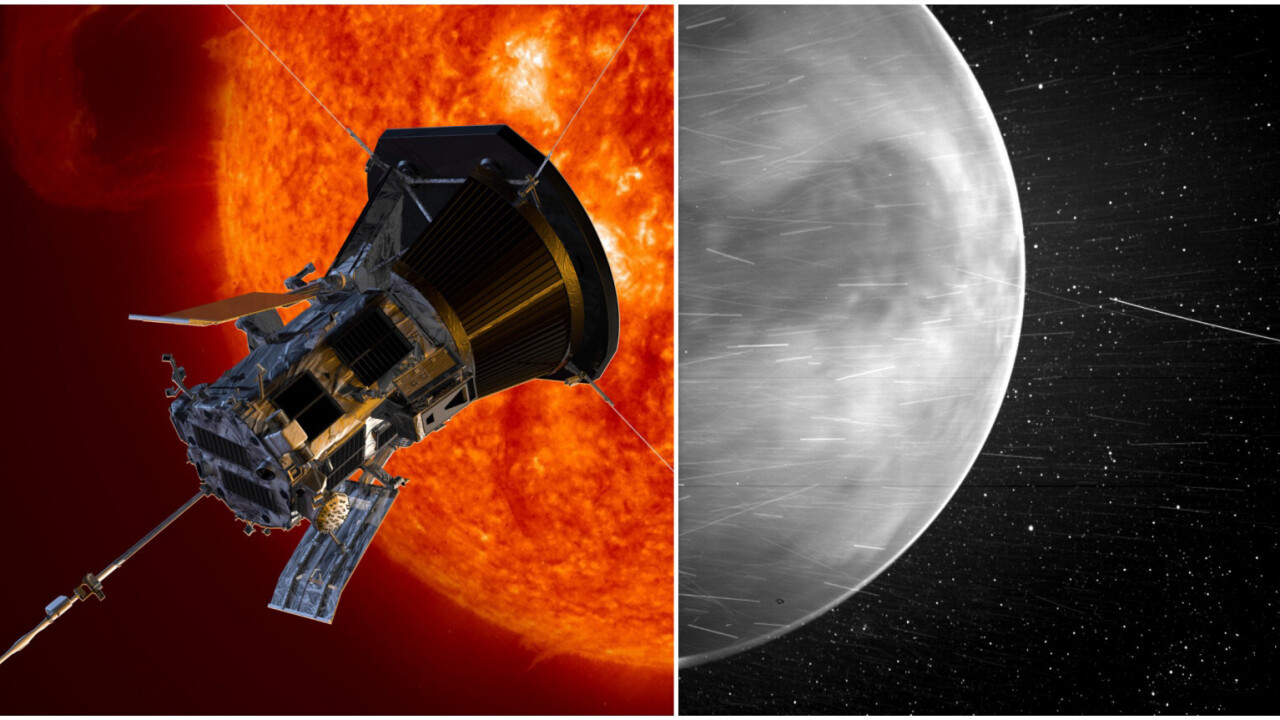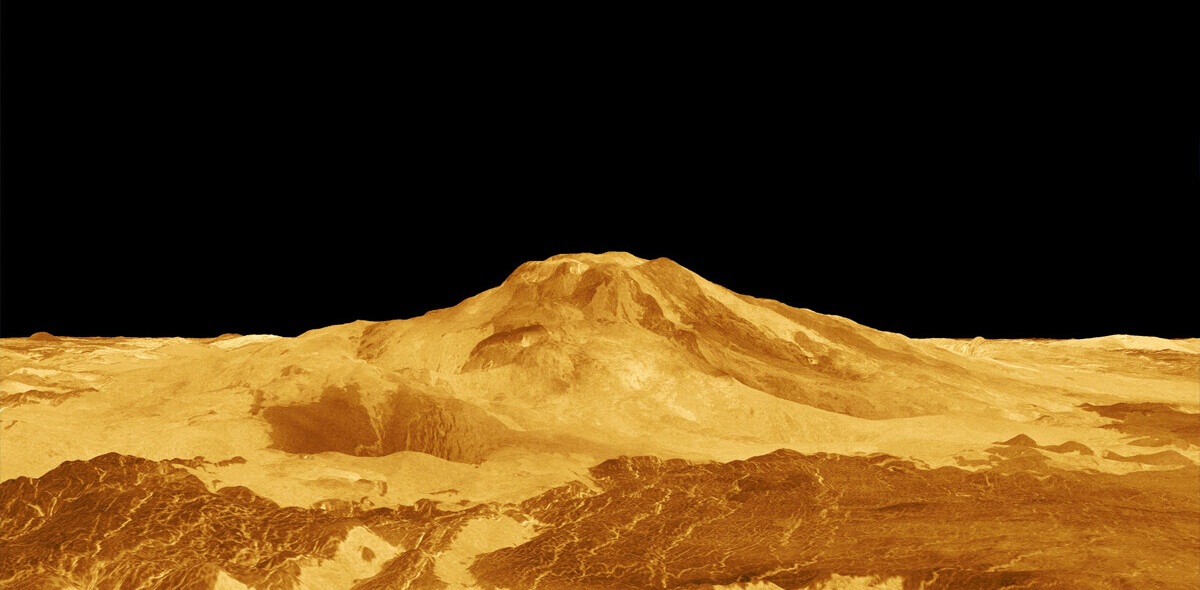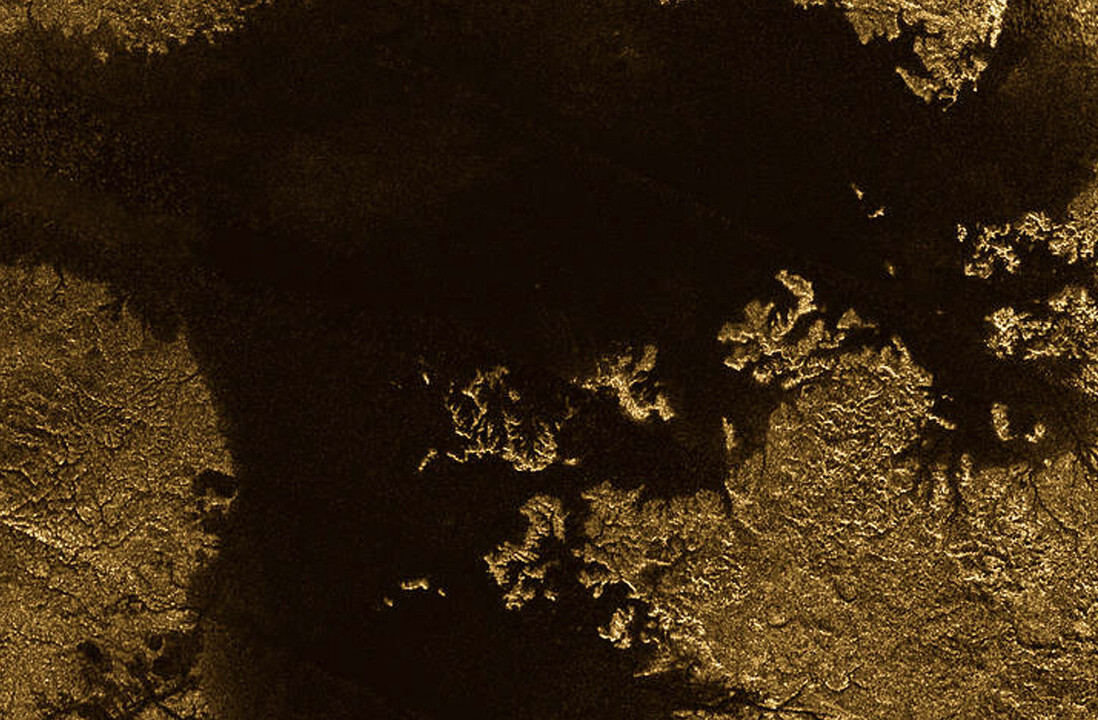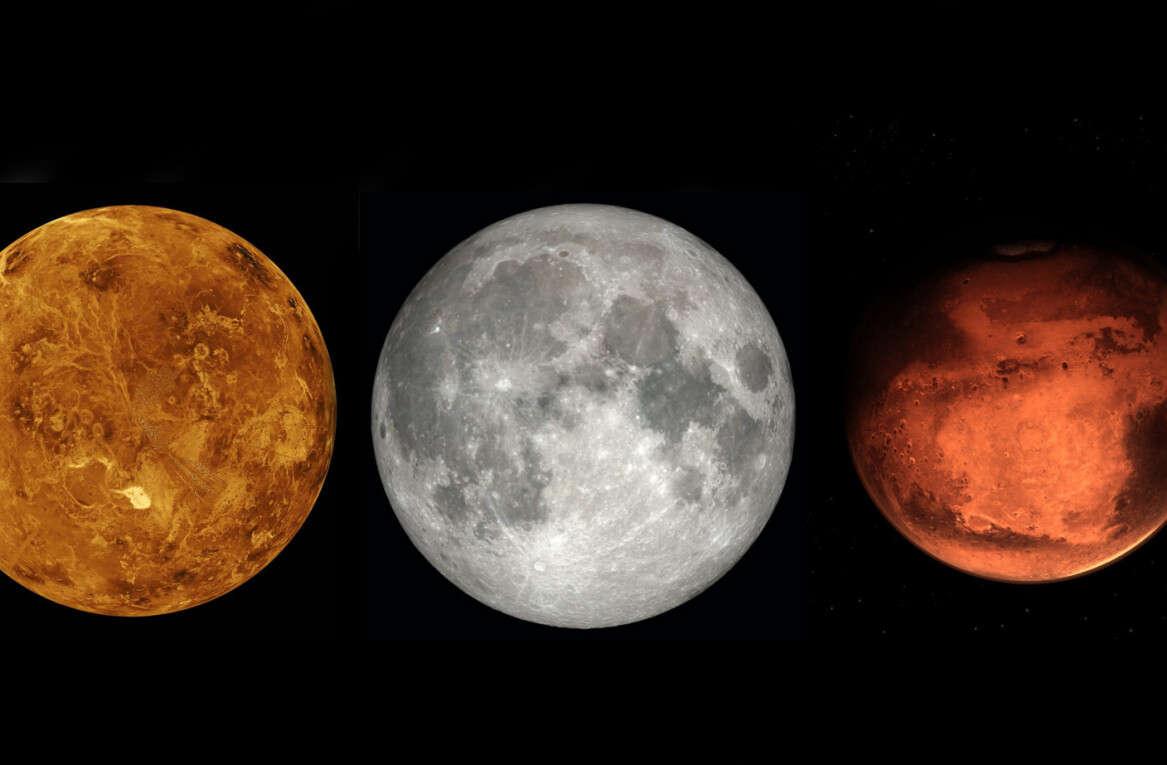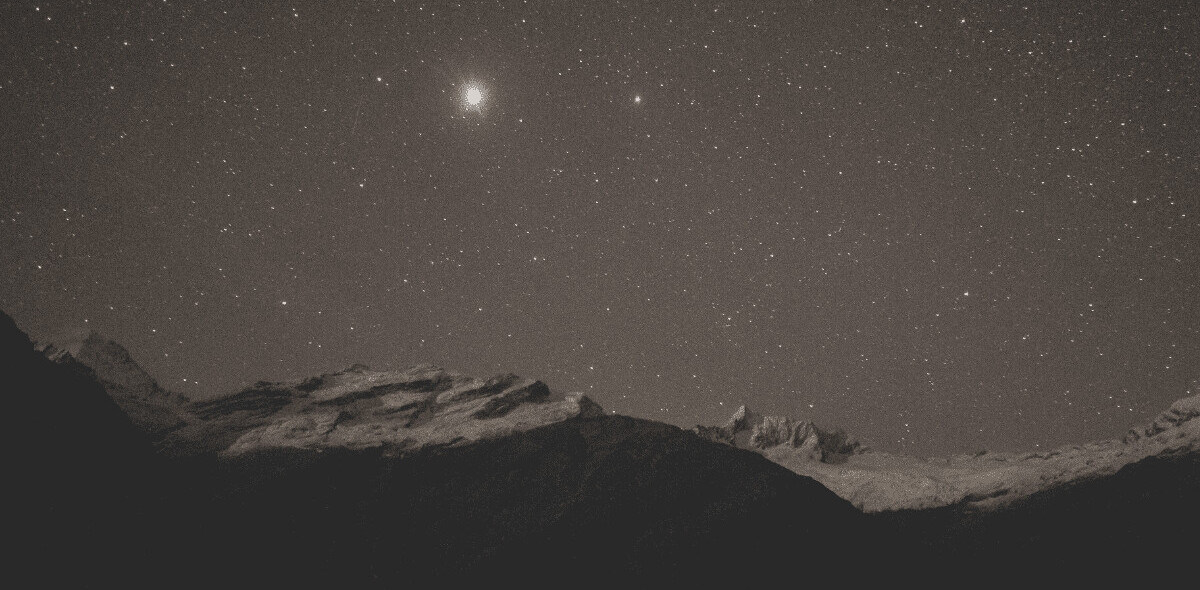The Parker Solar Probe, designed for detailed study of the Sun, has another advantage — it is able to examine planets as it passes their orbits. As it refines its orbit around our Sun, Parker will pass Venus a total of seven times over its seven-year mission. The Parker probe uses the gravitational pull of planets to bend its path through the Solar System.
Recorded on July 11, 2020, a fascinating new image of Venus was taken during the third of Parker’s seven planned encounters with the Sun. This photo was recorded by the Wide-field Imager for Parker Solar Probe (WISPR) from a distance of 12,380 kilometers (7,693 miles) from the nightside of the planet.
Like a WISPR in the Wind
The WISPR camera was designed to image the inner heliosphere of the Sun (which stretches far into space) in visible light, as well as study the solar wind.

“WISPR uses two cameras with radiation-hardened Active Pixel Sensor CMOS detectors. These detectors are used in place of traditional CCDs because they are lighter and use less power. They are also less susceptible to effects of radiation damage from cosmic rays and other high-energy particles, which are a big concern close to the Sun.
The camera’s lenses are made of a radiation hard BK7, a common type of glass used for space telescopes, which is also sufficiently hardened against the impacts of dust,” NASA describes.
This new image of Venus shows a bright ring bordering the edge of the planet. Researchers believe this might be nightglow — light emitted as atoms of oxygen, broken apart by sunlight, recombine into molecules.
“Sorry… my mind was wandering… one time it went all the way to Venus and ordered a meal I couldn’t pay for.” ― Steven Wright
The dark region near the center of the image is Aphrodite Terra, the largest highland region on the Venusian surface. This geological feature appears dark due to the fact that it is around 30 degrees Celsius (85 F.) cooler than the surrounding terrain.
“WISPR is tailored and tested for visible light observations. We expected to see clouds, but the camera peered right through to the surface,” explained Angelos Vourlidas, WISPR project scientist from the Johns Hopkins Applied Physics Laboratory (APL).
This was a bit of a surprise to researchers, who did not expect WISPR to see ground features on Venus so clearly.
This presents a fascinating question for mission engineers and astronomers — why was WISPR able to see so clearly through the clouds of Venus? The two most-likely possibilities are either WISPR is able to see better in infrared wavelengths than designers believed, or there is, or was, a thinner region of clouds, allowing the camera to see through the haze.
Either cause offers exciting new science. If WISPR is able to effectively image infrared wavelengths of light, then we have a new tool to study dust and pebbles like that which formed the rocky planets of the inner solar system. If there was a previously-unknown break in the clouds, this feature could help us better understand the Venusian atmosphere.
The WISPR team is studying Earth’s overheated companion in conjunction with the team managing Japan’s Venus-orbiting Akatsuki mission. This spacecraft images Venus in infrared wavelengths, producing images similar to the unexpected images taken by Parker.
“If WISPR can sense the thermal emission from the surface of Venus and nightglow — most likely from oxygen — at the limb of the planet, it can make valuable contributions to studies of the Venusian surface,” explains Javier Peralta, planetary scientist with the Akatsuki team.
A second set of images of the nightside of Venus were recorded by the WISPR team on February 20, 2021. Analysis of those images should be complete by April of this year.
This article was originally published on The Cosmic Companion by James Maynard, founder and publisher of The Cosmic Companion. He is a New England native turned desert rat in Tucson, where he lives with his lovely wife, Nicole, and Max the Cat. You can read this original piece here.
Astronomy News with The Cosmic Companion is also available as a weekly podcast, carried on all major podcast providers. Tune in every Tuesday for updates on the latest astronomy news, and interviews with astronomers and other researchers working to uncover the nature of the Universe.
Get the TNW newsletter
Get the most important tech news in your inbox each week.
